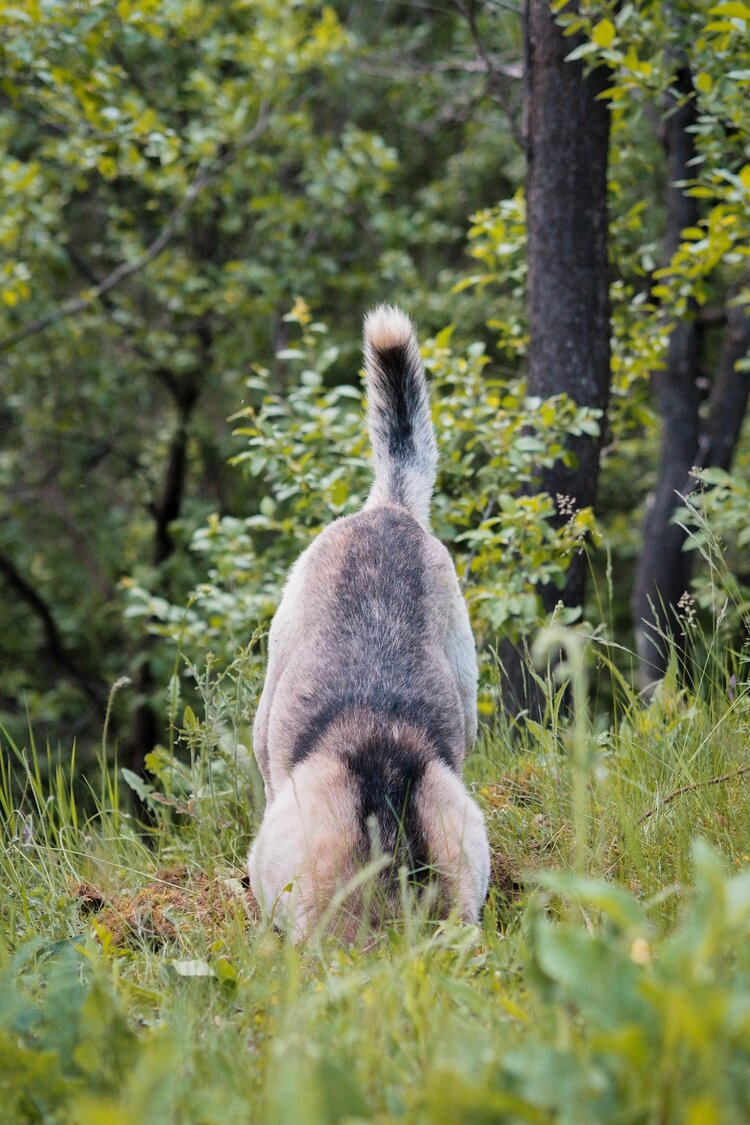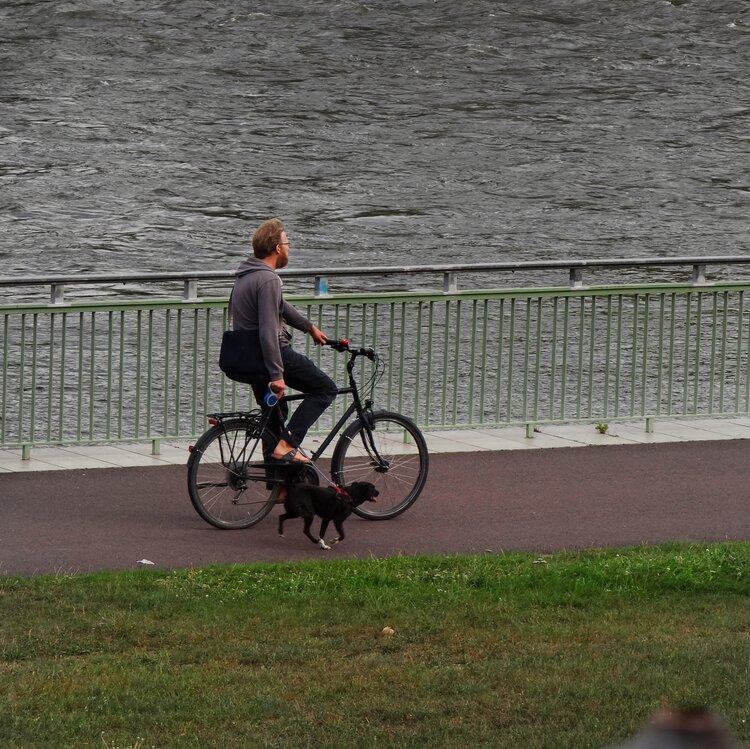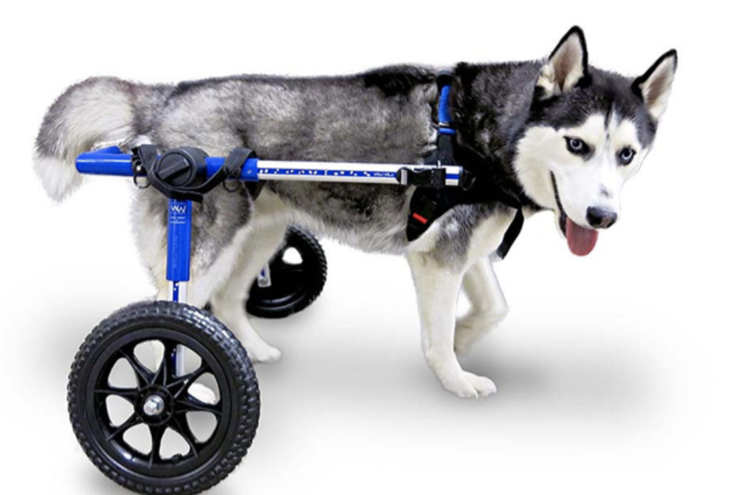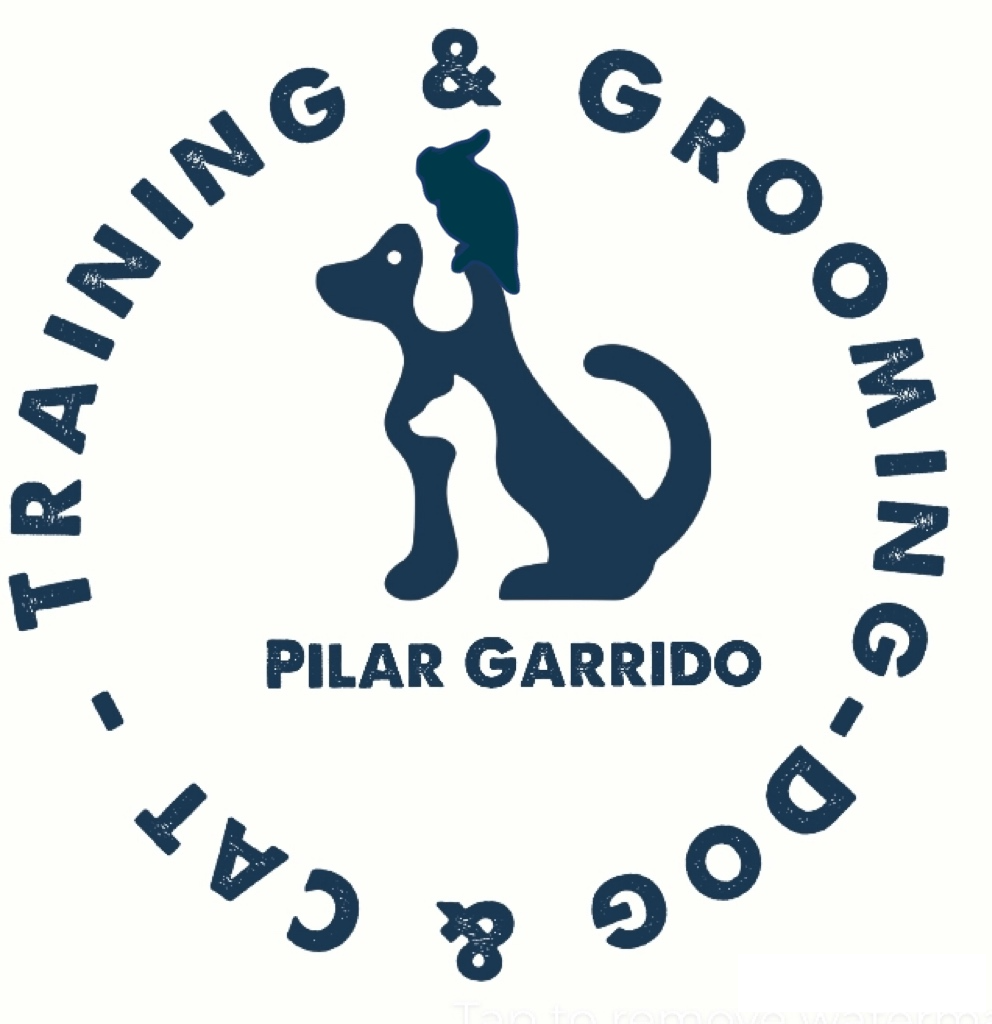Ask Pilar: Digging, Barking At Bikes And Disabilities
Ask Pilar Jan 8-2021
Welcome to our “Ask Pilar” series! Professional dog trainer and groomer Pilar Garrido will answer questions you have about your pup. She is only providing a basic overview. For more information, please consult a trainer, behaviorist or groomer in your area, who can directly work with your dogs.
For this round of questions, our readers asked:
1. My dog loves to dig and hide things underground. What can I do to prevent it?

Dogs naturally enjoy digging, which is an instinctive behavior. They do this to hide their food, lie down, or because of boredom and lack of exercise. Sometimes our dog will drive us crazy when she ends up digging up our favorite plants because she finds it tasty. We need to be mindful of her actions because some plants can be toxic and harmful to our dog’s health. Always keep a watchful eye on your dog when you are outside.
Your dog’s digging habit is not something you can completely eliminate. You can, however, find ways to prevent it by making sure she is not alone in the yard and stopping her. We should also ensure she gets her regular walks and sufficient exercise, such as at the dog park, in an open yard, on the beach, etc. After her morning walk and playtime, she will become more relaxed when she arrives home.
I’ve personally noticed my dog digging around the same spots, in what I called her “favorite hangout areas.” If this happens with your dog, you can prevent the digging by putting a solid object underneath her favorite spot. Or you can throw her off by spraying dog furniture repellent spray in those areas.
When it comes to plants, avoid putting them in areas where she loves to play or considers her own. If we don’t want her to ravage our favorite plants or flowers, we can plant Plectranthus caninus around the areas. Plectranthus caninus is an herb from a mint family, whose scent may keep dogs away. We can also plant herbs — such as chamomile (relaxing), fennel (good for digestion), dandelion (full of potassium) and rosemary (good for the skin) — with health benefits for both our own use and for our dogs. This can distract our dogs from our favorite roses, for example, and give them a healthy treat.
2. When I am out with my dog on a leash, she loves to bark at people on bikes. How can I stop this?

By nature, most dogs (surprise) love to bark. When this becomes excessive or happens at inappropriate times, we need to ease this behavior. We can start by simulating the outside environment right in our living rooms. If you have a bike at home, bring it into the living room. Let your dog see and get close to it, so she can know that it is not a dangerous object.
Begin by turning the wheels. When she starts barking, stop the wheel immediately. Do it again, and when she isn’t barking, reward her either by patting her on the head or giving her a treat.
You can try this outside with a bike, if you have a friend who is willing to help out. Have your friend ride the bike; whenever your dog remains calm around the bicyclist, reward her. Your dog needs to learn that what she sees involving the bike is a positive experience. Another technique is to play a video of people riding bikes on our TV or computer. It’s best if the video has street sounds that mimic being outdoors. Turn up the volume so your dog both sees and hears this stimuli, and give her rewards only when she remains calm.
It’s important to remember that when taking the dog for a walk, we need to use the leash properly. It should not be pulled too tightly close to you or be too loose so that your dog can pull away. You and your pup should be walking together side by side. Learn to walk with confidence so that your dog can feel that you are in control. Surveil your surroundings to ensure they are safe and that your dog can handle them. Introduce her to street noises little by little until she gets used to it. Reinforce good behavior by providing rewards.
3. I have a dog with a disability — what can I do to ensure she is properly taken care of?

Many people with good intentions adopt or rescue disabled dogs because they want to make a difference, which is commendable. There are also cases in which our pets unfortunately get sick, become injured or become disabled with age. If this happens, we should first and foremost remain hopeful. This hope will transfer to our dogs, who can sense our energies. It takes time for our dogs to heal or become comfortable in their new lifestyle, so we also need to learn to be patient.
Nowadays, there are a lot of dog trainers who specialize in therapeutic rehabilitation. For example, there’s hydrotherapy and massage therapy, both of which can help with pain and strengthen weak muscles. Aromatherapy can be used to help our dog stay calm and relaxed. Acupuncture is another option that can help improve a dog’s health and relieve pain.
VCA has an overview of how to keep our pets with disabilities comfortable. This website, Walkin’ Pets, provides equipment for disabled dogs. If you require help getting a dog wheelchair, this organization donates them to pets in need. Walkin’ Pets also provides tips to help you care for your disabled pet. It has an article on caring for elderly, disabled or injured pets. It’s a good idea to use Internet resources and suggestions from trainers and your vet.
The most important point to remember during difficult times is to manage our mood; to stay calm and convey positive energy throughout our dogs’ recovery or adjustment period. When our dog can feel our love and security, she will try her best to do what is expected of her. This will take time but try to stay composed. If your dog requires a wheelchair, for example, it is important to be patient when getting her in and out of it.
Despite any struggles, dogs live in the moment and will cherish every minute they spend with you. Our pups will always love us, through thick and thin. We should ensure we do the same by providing appropriate care and support when our pets need it the most.
Have questions? “ASK PILAR” Following Pilar at instagram @pilargarridola or @dogwhispererhq and ask on their IG @dogwhispererhq or through their website www.dogwhispererhq.comhttp://www.dogwhispererhq.com
